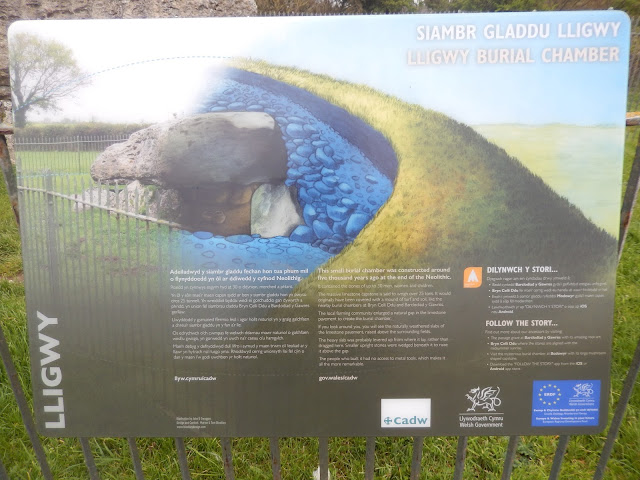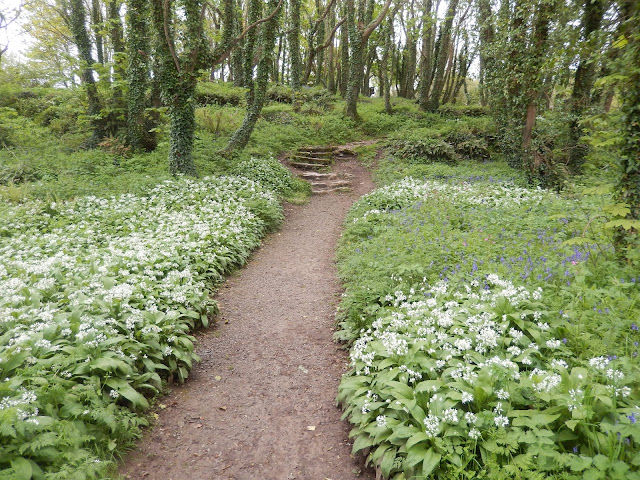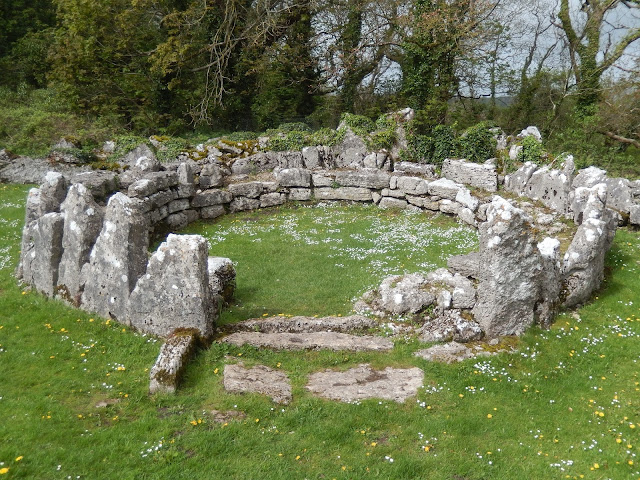Today I was to leave Ynys Môn and drive up to Scotland for the next stage of my research trip. However, before leaving the island, I planned to visit the complex at Lligwy, which comprised a prehistoric burial chamber, a Roman-British farmstead (Din Lligwy) and the remains of a medieval chapel, Capel Lligwy. I planned to focus on the farmstead, as it might help me with some scenes set in a similar environment, though at a later stage than the Roman occupation of Ynys Môn.
 |
| Information board |
| Video of the site |
 |
| Artist impression of the settlement |
|
I enjoyed my time, largely on my own, wandering around the farmstead. I measured out and sketched the layout of the site and its various buildings, something I hadn’t done at other sites and now kicked myself for not doing those times. As I did this, under a cloudy sky and in a coolness that refreshed, I felt quite grounded and content, the place and the work being what I was meant to do.
|
| One of the roundhouses |
| Another video |
I might be able to use the layout as a foundation for the plan for the Iron Age village in the beginning of my novel. I quite like the idea of a pentagon-shape for the village, five being one of the sacred numbers of the Celts.
 |
| Layout of the settlement |
Given that my central character is connected to blacksmithing, the artist’s impression of the smithy in the site gave me a few ideas about structure, size, etc. The smithy itself was set in the ground, as if one is stepping into the earth, towards the darkness of the forge, towards the Otherworld, when engaging in the magical work of creating tools from molten iron.
 |
| The artist impression of the smithy |
 |
| The smithy |
 |
| Another view of the smithy |
The site itself is a perfect example of the prospect-refuge theory Alan Garner mentioned in the talk I wrote about some time ago. Although the photos show trees blocking the view of the surrounding areas, this apparently wasn’t the case during the time of the farmstead’s use.
 |
| View of surrounding area taken during the walk to the settlement |
 |
| Information board at the site |
 |
| The tomb |
 |
| View of the tomb from the other side |
 |
| Capel Lligwy |
Cofion Cymes
Earl




